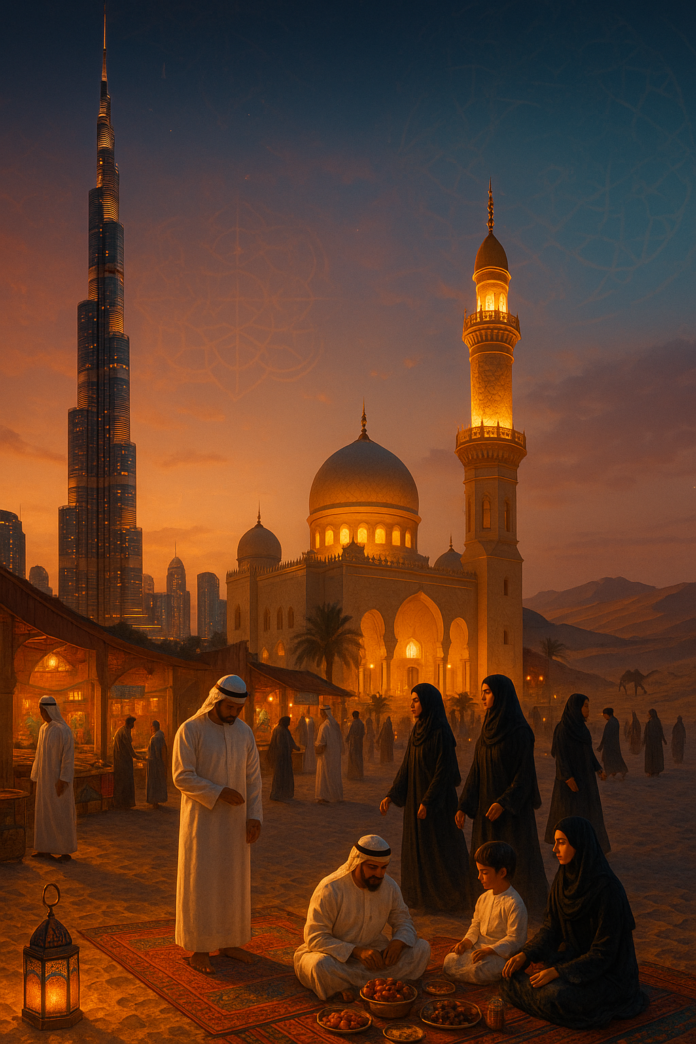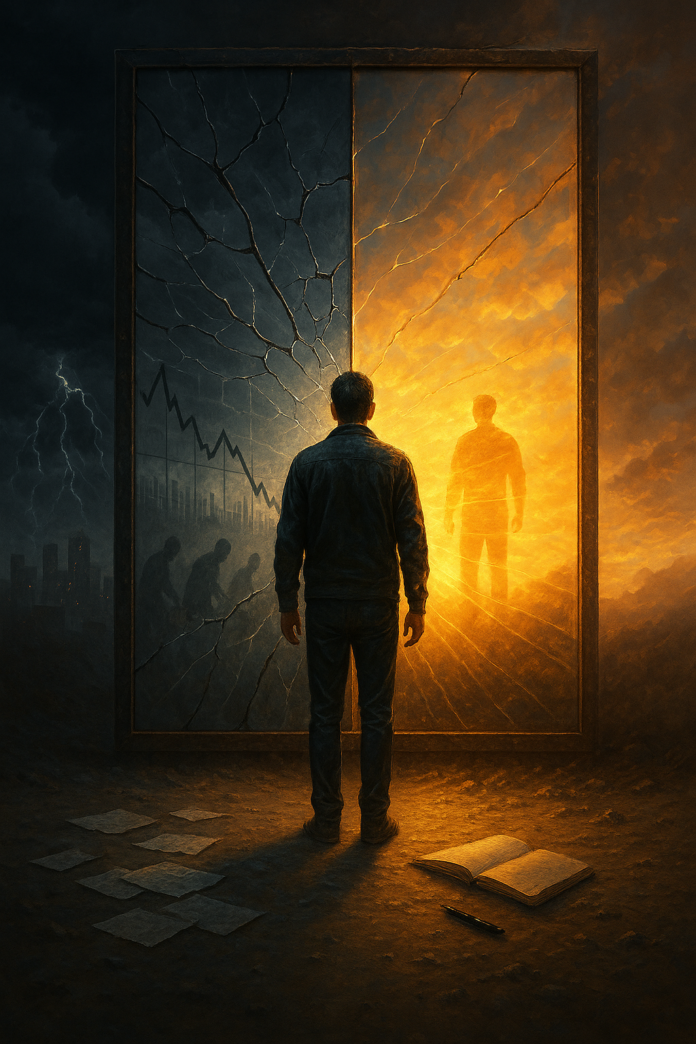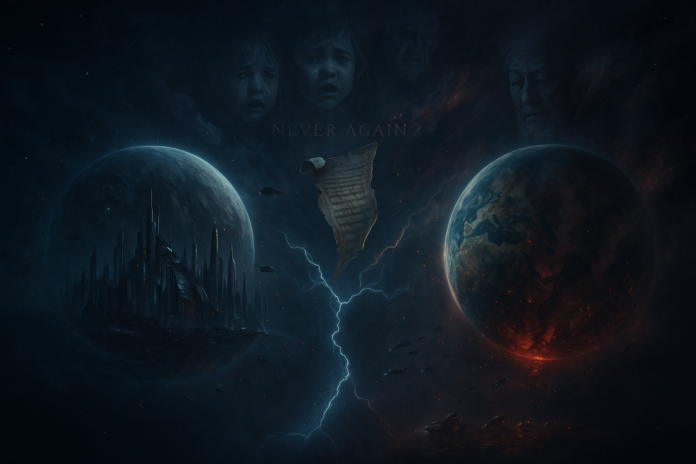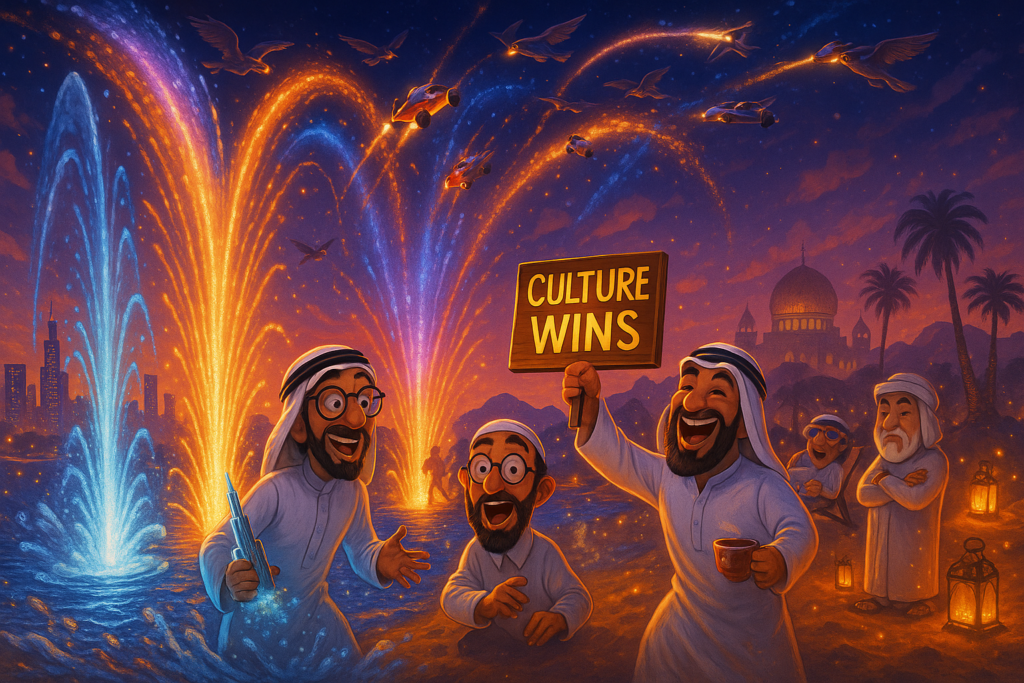“Faith is not something Emiratis do — it is who they are.”
Faith as the Unseen Architecture
To a visitor, the UAE dazzles with skylines, highways, and speed. But if you pause long enough to listen, you’ll notice something deeper: the call to prayer echoing across towers, the quiet pause of a shopkeeper closing his store for salah, or the rhythm of Ramadan shaping entire cities.
For Emiratis, faith is not a weekend practice or a holiday tradition. It is the invisible architecture of life, shaping everything from family gatherings to national ambition.
The Compass in the Desert
Long before oil, when tribes crossed the desert, survival was not only about water and shade — it was about direction. Faith became the compass:
-
Justice in trade: ensuring fairness when wealth was scarce.
-
Patience in hardship: carrying endurance when storms or famine came.
-
Generosity as duty: sharing bread with a stranger could mean saving a life.
Even today, the same compass points the way. The skyscraper and the souq both operate under the same principle: trust is sacred.
Ramadan: A Month of Renewal
Every year, Ramadan transforms the UAE. Streets glow with lanterns, mosques fill with worshippers, and homes overflow with food and generosity.
But beyond the fasting, what makes Ramadan profound is its psychology:
-
It teaches restraint in a world of abundance.
-
It creates empathy for those in need.
-
It resets the heart, reminding Emiratis that success without humility is hollow.
At sunset, when cannon fire signals iftar, families and strangers alike break their fast together. In that moment, society breathes as one body.
The Balance of Modernity and Piety
Walk through Dubai or Abu Dhabi, and you’ll see futuristic skylines. Yet nestled between glass towers are mosques where worshippers kneel five times a day. Government offices pause meetings for prayer breaks. Emirati astronauts in space speak of carrying faith with them beyond Earth.
This is not contradiction — it is coexistence. Faith does not slow progress here; it anchors it, ensuring ambition does not drift into arrogance.
Why It Matters
For Emiratis, faith is not only about personal salvation — it is about social cohesion. It explains why generosity is widespread, why leaders are seen as protectors, and why community remains strong even in a hypermodern world.
Faith is the unseen energy that fuels both humility and ambition — the breath that makes skyscrapers stand and families endure.










